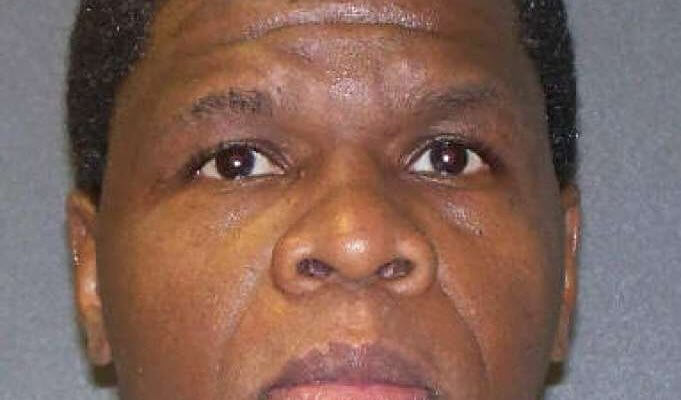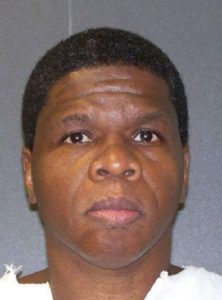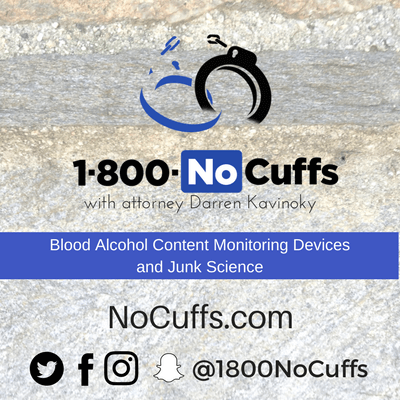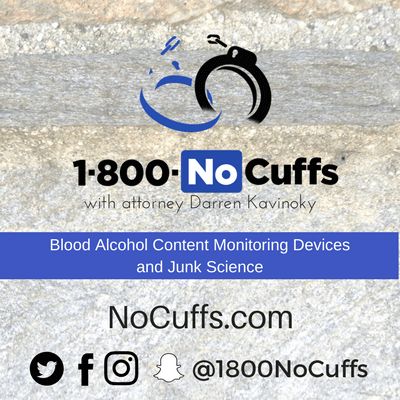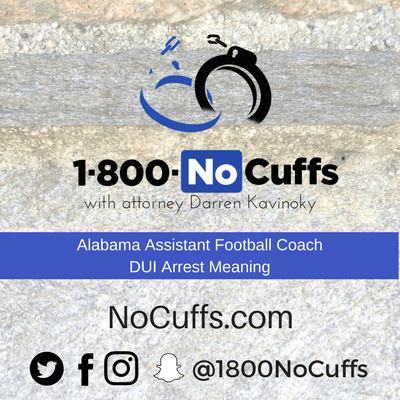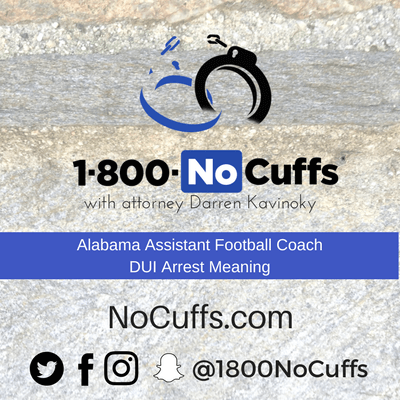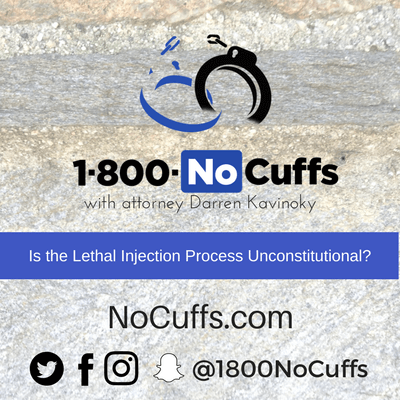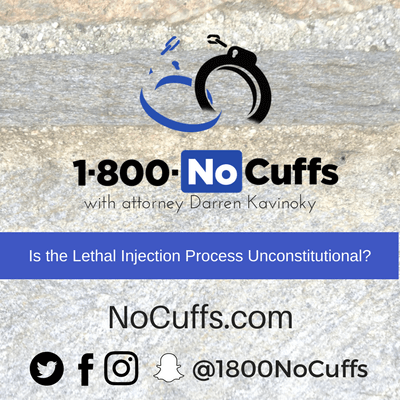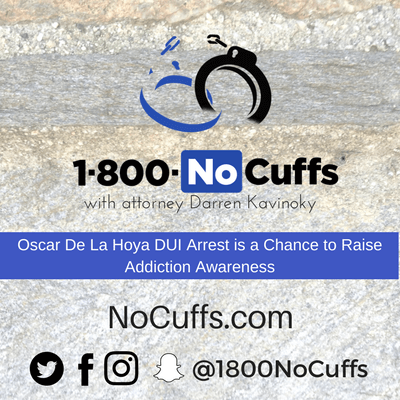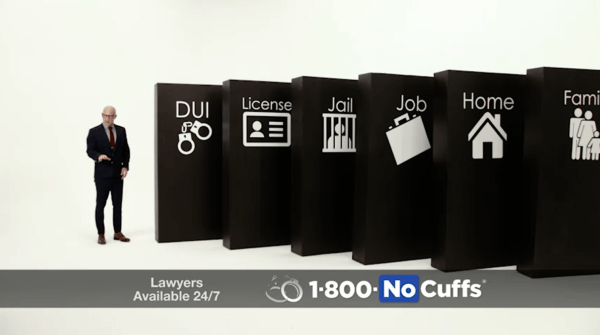
There isn’t a woman who works in the area of criminal law who doesn’t have a story about a time (or 20!) she was the only female attorney in the courtroom.
At the age of 25 I was a first-year prosecutor with the Los Angeles District Attorney’s Office. Bright-eyed and enthusiastic about the start of my career; I was determined to be a zealous legal advocate for the State of California and the protection of our society.
I vividly recall the day I was prosecuting a 5-defendant felony embezzlement case. As the judge called the case to be heard, I realized that I sat alone on one side of the attorney table while five middle-aged male defense attorneys sat with their 5 male clients on the opposing side. I felt like Snow White.
The gender gap I have experienced, both as a former prosecutor and now as a criminal defense attorney, is not unique unto myself. After conducting a bit of research on the subject of female criminal defense attorneys as well as speaking with numerous colleagues over 18 years of practicing criminal law, I am saddened by the stories I have heard and the statistics.
In one article I reviewed, among all attorneys appearing in criminal cases, 67% are men. Looking at attorneys appearing as lead counsel (first-chair), 67% are men (making 33% women). When looking at attorneys appearing as trial attorney, 79% are men and only 21% are women.
 Additionally, the study found that there is a great distinction between criminal prosecution work and defense work among women and men. For example, 34% of attorneys who appeared as the lead attorney in criminal cases were for the government (the prosecution) were men as opposed to 66% of the attorneys who appeared on behalf of defendants were men.
Additionally, the study found that there is a great distinction between criminal prosecution work and defense work among women and men. For example, 34% of attorneys who appeared as the lead attorney in criminal cases were for the government (the prosecution) were men as opposed to 66% of the attorneys who appeared on behalf of defendants were men.
In looking at women who appeared as the lead attorney in criminal cases, the ratio is reversed: women were 69% of the attorneys who presented the government and 31% of the attorneys who represented defendants were women. What is even more interesting from this study is that the percentage of women drop from handling 33% of criminal cases as the lead attorney in a criminal case to 21% as the trial attorneys.
What do all these statistics mean? I provide you with my impressions; not those who conducted the study. Women are far less represented as a group in criminal defense as they are in on the prosecutorial side. I don’t feel that has ANYTHING to do with the morals or values of prosecuting criminals or defending them. I believe this has to do with the lack of equal opportunities available for women attorneys to work in the area of criminal defense private practice.
I am a wife and mother of two school-aged children who wants nothing more than having our society protected from harm. I want my children to feel safe walking down the street without fear. I also firmly believe that every person on this earth should have the right to competent legal counsel if they are accused of a crime. If you were charged with a criminal offense, wouldn’t you want the very BEST attorney, male or female, to help you? I would!
Despite the gender gap and all that goes with it, I would never want to practice any other kind of law. I LOVE the courtroom, the cases, and the people I meet. I hope I am a positive role model for my daughter and son who embodies independence, strength and perseverance, along with poise, femininity and vulnerability (we are all vulnerable to something and should not be afraid to show it!) as I zealously advocate for my family and clients.



